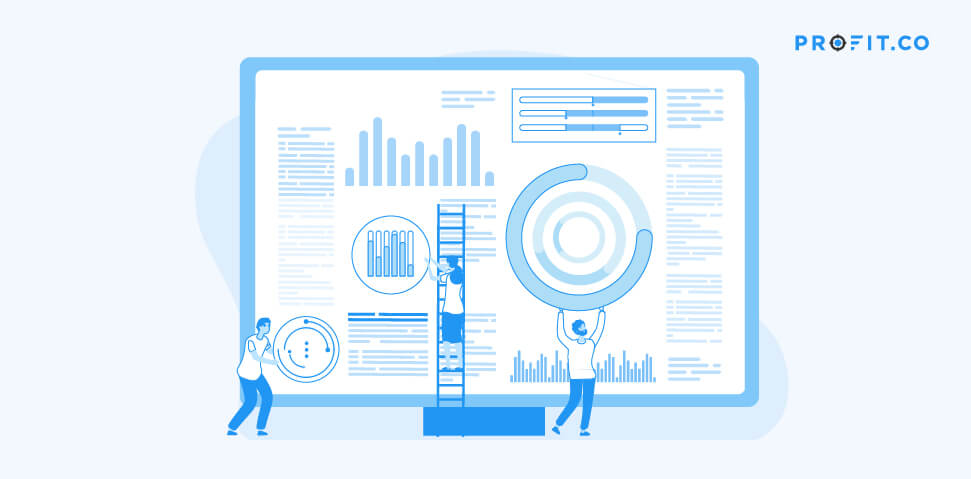What does the store conversion rate stand for? As you should know by now, the store conversion rate is a widely utilized KPI, which effectively reviews the efficacy of your marketing approach. Essentially, it is quintessential to know what’s happening inside your store – which is where the store conversion rate comes in. This determines the percentage of customers that come into your store in relation to the percentage of customers that leave with a purchase.
At the end of the day, this is one of the most important conversion rates, as it analyzes the performance of a store. In general, retailers concentrate on attracting people to their stores, so that they can increase the level of transactions. Nevertheless, conversion rates usually tell a different story.
An In-Depth Examination
As opposed to simply analyzing the transaction data, the store conversion rate paints a more realistic picture. For example, in a given situation, the transactions and sales may increase in a store; nevertheless, this doesn’t necessarily mean that it’ll have reached its full potential. In fact, it might even miss some noteworthy sales opportunities.
Moving on to calculating the store conversion rate, what you have to do is simply divide the number of transactions within a given timeframe by the football for the store, which is expected in that given timeframe. What does football, though, stand for in this view? Expressly, football embodies the total amount of store traffic generated in a period.
When counting the number of people entering your store, you can determine other equally important metrics such as the average value transaction, among other conversion rates. Not only that calculating the store conversion rate will pinpoint the basic numbers, but it’ll facilitate insight into other elements, as well.
For example, high football usually indicates that the store attracts numerous customers. Nevertheless, the conversion rate is still low. This would mean that the store doesn’t maximize its sales opportunities – quite the contrary.
What does this mirror, though? This might mean that you could revise the staff scheduling, as well as the stock availability. Over the course of time, you could see how different changes impact your firm’s productivity ratios; thus, you can pinpoint what works for your business and what doesn’t. This is easier said than done, but it’s definitely not impossible.
For instance, if you were to increase the presence of shop floor staff during specific hours, or if you changed their duties, you might notice an increase in the number of conversions. That being said, calculating your store’s conversion rate and, most importantly, knowing what to do with the information, could seriously impact your business’ image – for the better, of course.
To conclude, if you want to give your team a reliable insight into which store manages to convert the highest number of customers in terms of total traffic, then, you know what you have to do. According to experts, a conversion rate to spire to is of 68 percent, but that isn’t to say it applies to all industries and types of businesses. Factor in your industry’s individualities beforehand.
